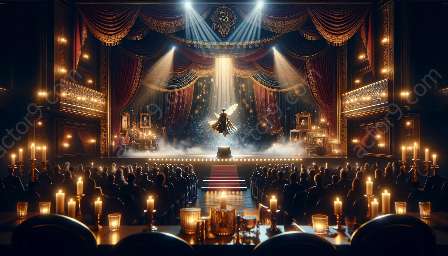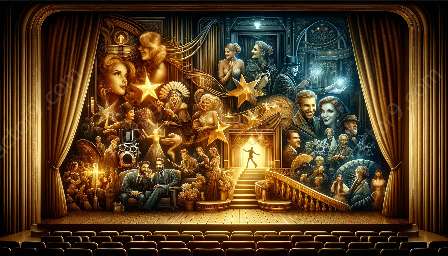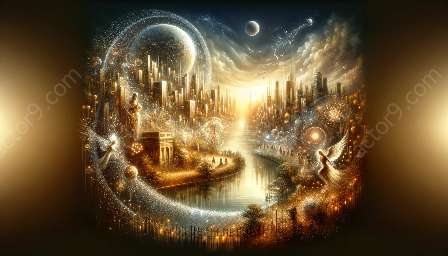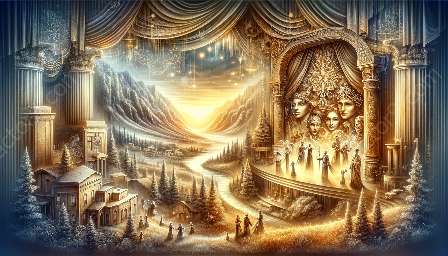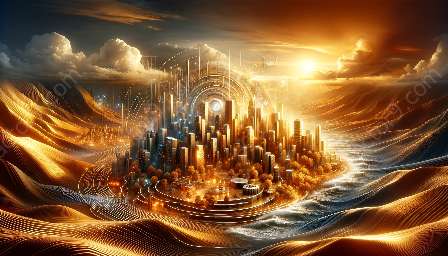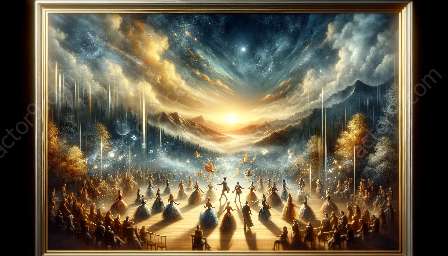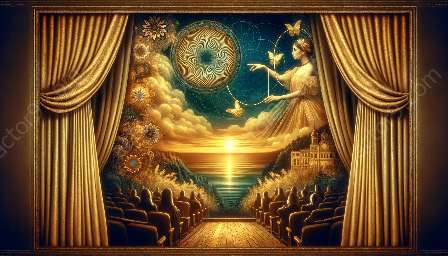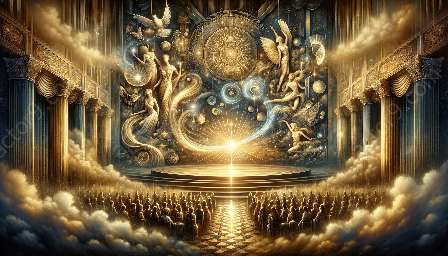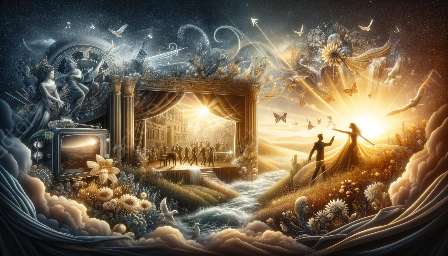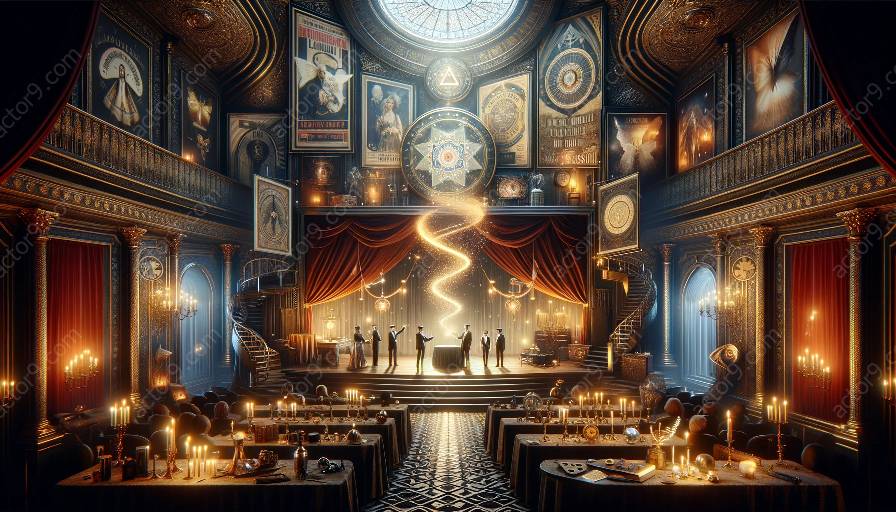The connection between magic and illusion in religious practices is a captivating exploration that delves into the historical, spiritual, and cultural significance of these phenomena. Throughout history, magical and illusionary elements have frequently been intertwined with religious beliefs, rituals, and narratives. This topic cluster will delve into the enthralling relationship between magic and illusion in religious contexts, examining their roles, symbolism, and effects within human belief systems and cultural traditions.
History of Magic and Illusion
The history of magic and illusion spans centuries, with evidence of magical practices and illusions dating back to ancient civilizations. In various cultures, magic and illusion were integral parts of religious ceremonies, serving as a means to connect with the divine, convey spiritual teachings, or demonstrate divine power. Ancient texts and archaeological findings provide valuable insights into the use of magical and illusionary elements in religious contexts, shedding light on the evolution of these practices over time.
Magic and Illusion
Magic and illusion have long captivated human imagination, often blurring the line between reality and the supernatural. In religious settings, these phenomena take on profound meanings, serving as tools for expressing spirituality, fostering a sense of awe and wonder, and reinforcing faith. Whether through ritualistic performances, miraculous events, or symbolic acts, magic and illusion have played significant roles in shaping religious narratives and shaping the perceptions of believers.
Religious Significance
The significance of magic and illusion in religious practices extends beyond mere spectacle. These phenomena are deeply intertwined with the core tenets of various faith traditions, embodying concepts of transcendence, mystery, and divine intervention. By examining the ways in which magic and illusion are integrated into religious rituals and beliefs, one gains a deeper understanding of the profound impact these elements have on shaping religious experiences and worldviews.
Cultural Traditions
Across diverse cultural traditions, magic and illusion have been pivotal in shaping religious practices. From ceremonial performances to mythological narratives, these elements serve as conduits for transmitting cultural values, belief systems, and moral teachings. The intersections between magic, illusion, and religious customs offer a rich tapestry of diverse expressions and interpretations, reflecting the intricate tapestry of human spirituality and cultural heritage.
Symbolism and Effects
The symbolism of magic and illusion in religious practices is multifaceted, encompassing themes of wonder, transformation, and the divine presence. Moreover, the effects of witnessing or participating in magical and illusionary experiences within religious contexts can evoke profound emotions, foster a sense of connection with the divine, and reinforce communal bonds among believers. Understanding the symbolic significance and psychological effects of magic and illusion enriches our appreciation of their role in religious expression.



